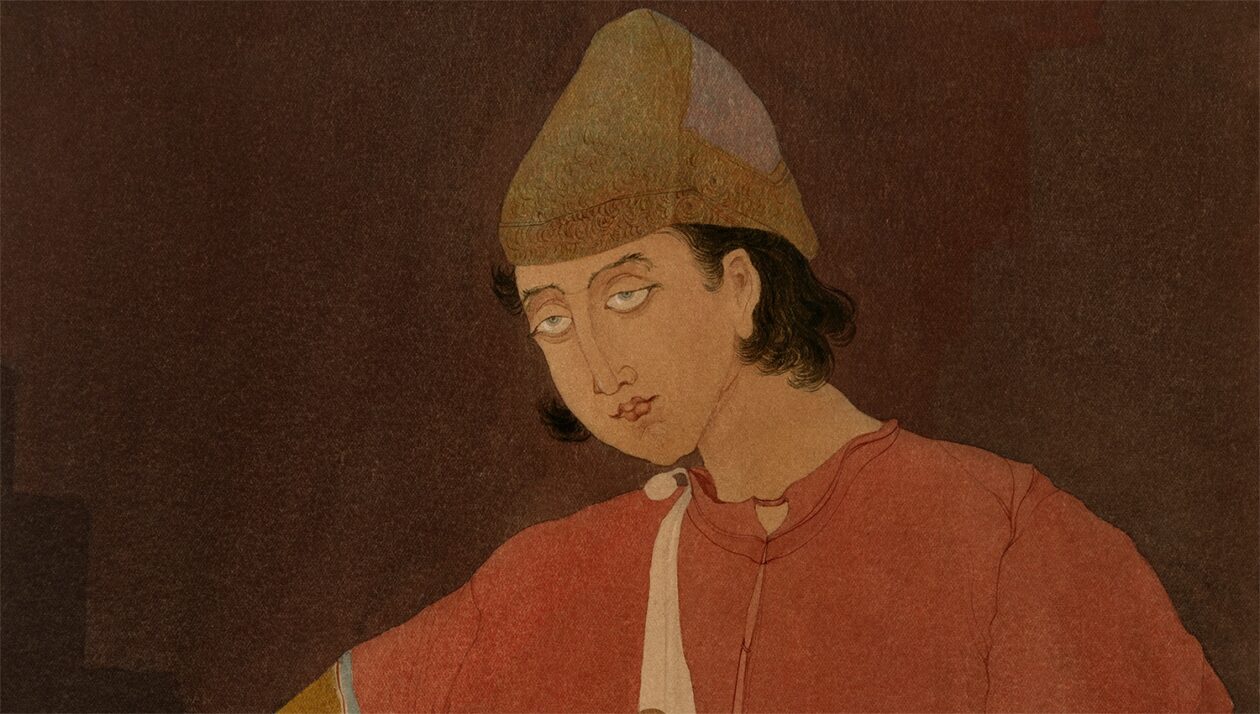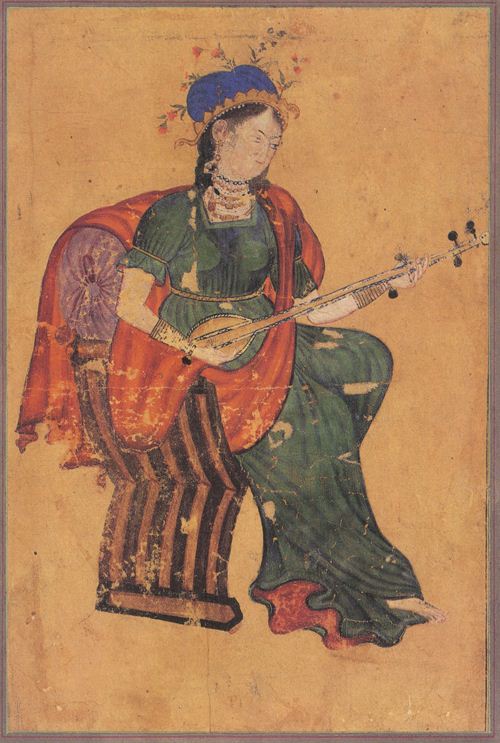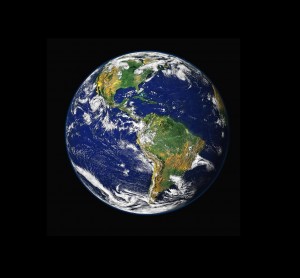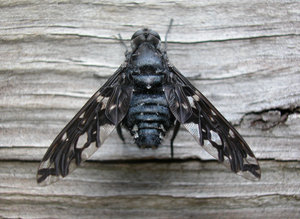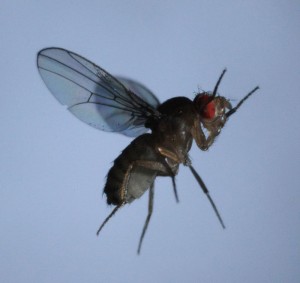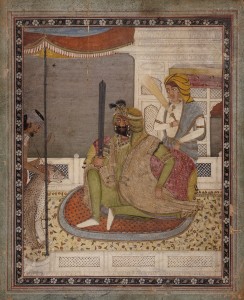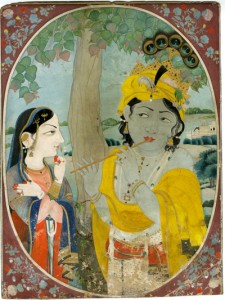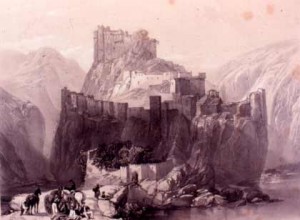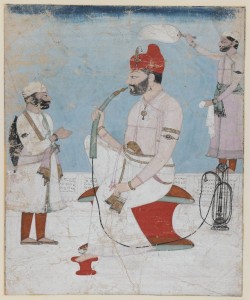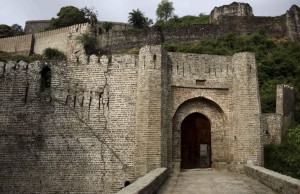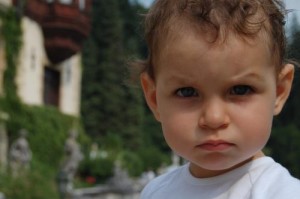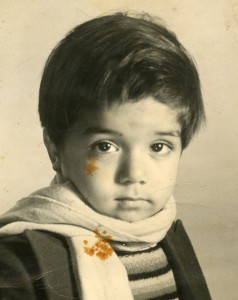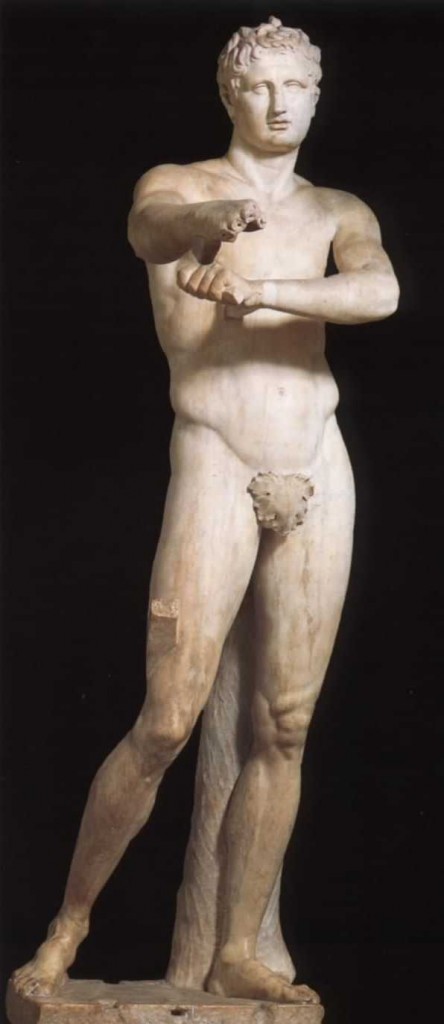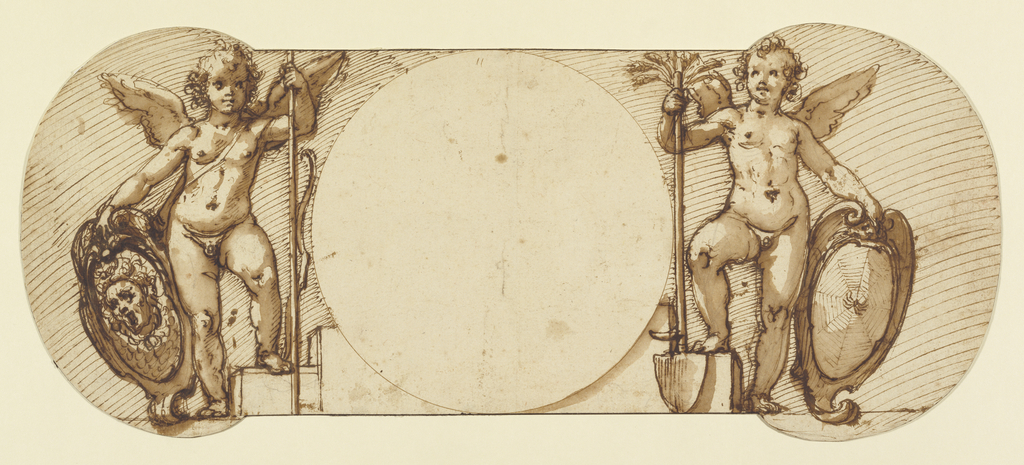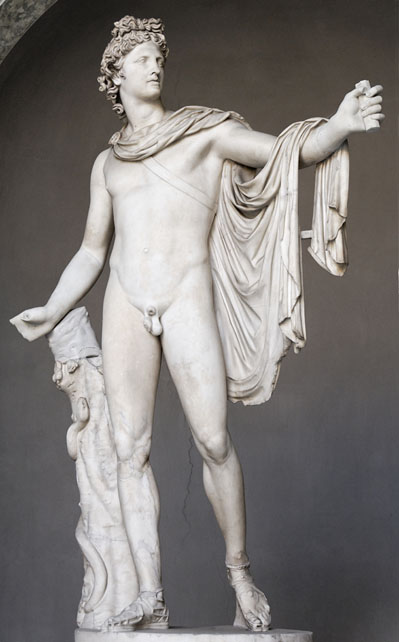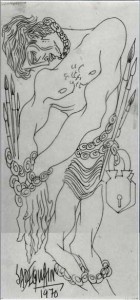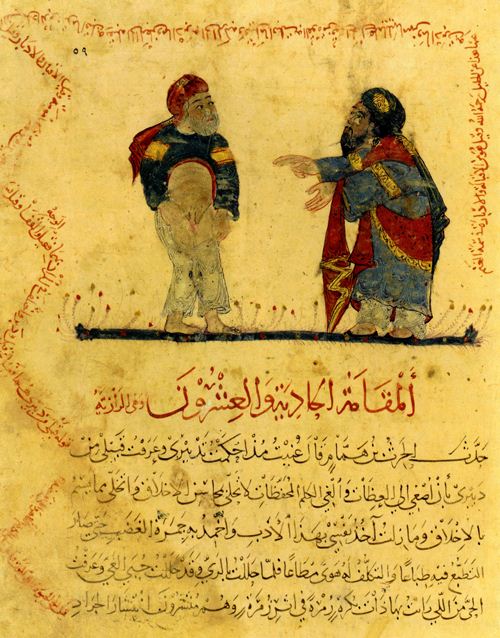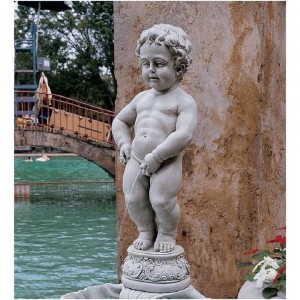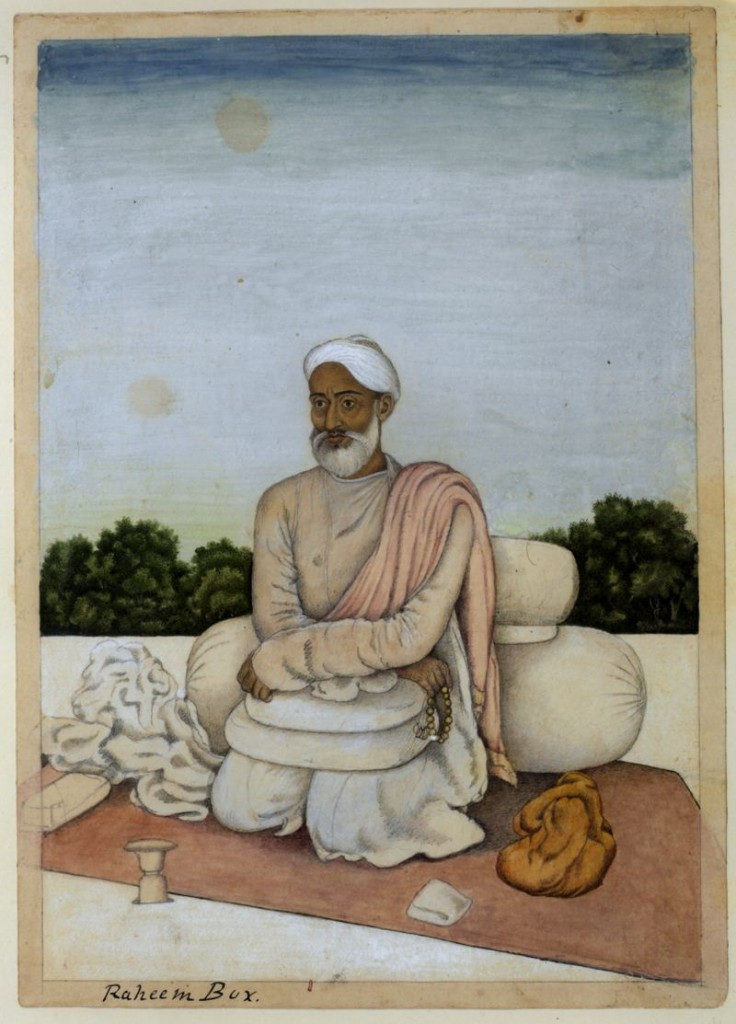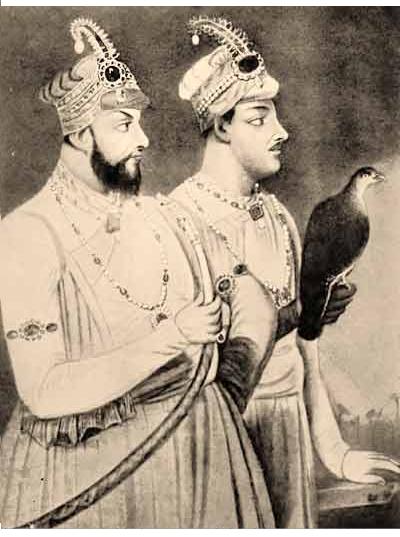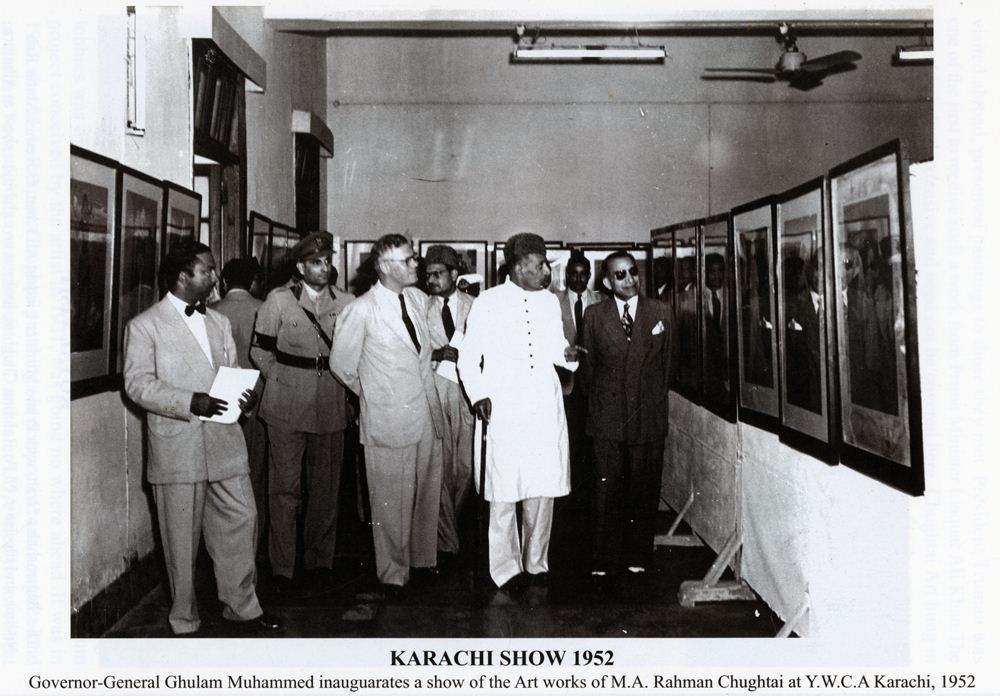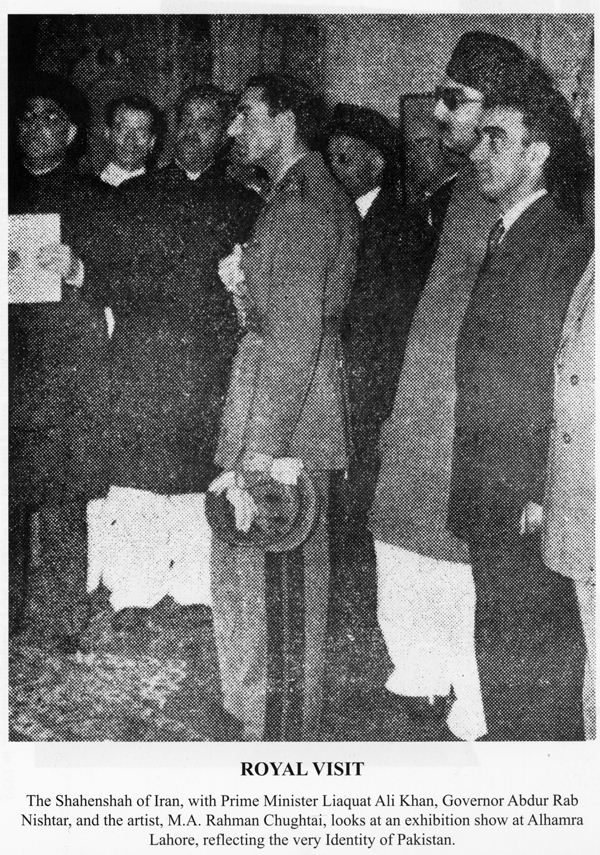MOHALLA OF SHEIKH BASAWAN
AREA OF LAHORI PAINTERS
Riddles of society
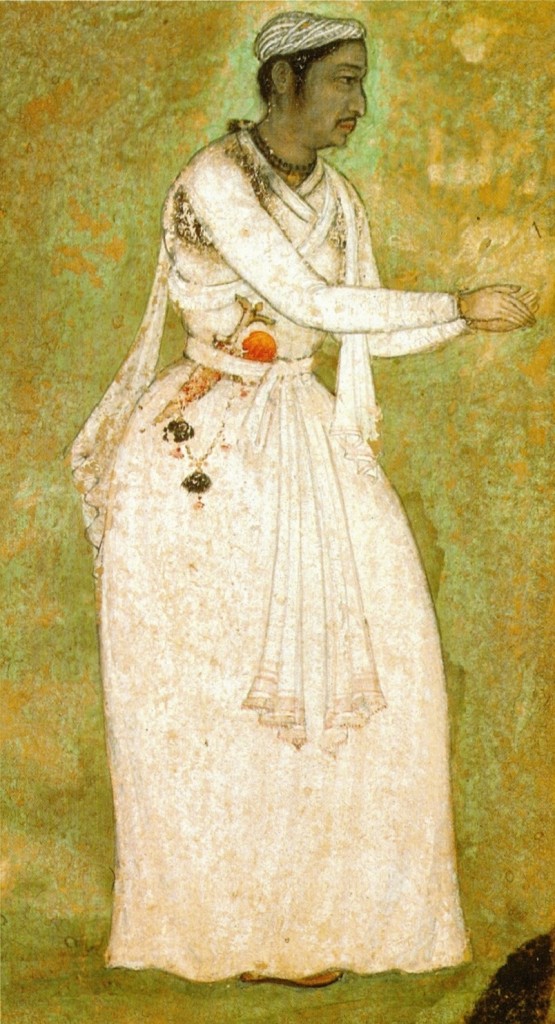
Lahore became the capital of Mughal India for many years. Zaheeruddin Babar passed through, but Mirza Kamran made Lahore his city. To this day we have the remaining Baradari of Kamran to remind us of its origins. As the city was the cornerstone of defense of India, Emperor Akbar made it his capital for 14 years. Although Akbar was here again and again yet from 1584 to 1598 he was stationed here in his capital. People working under the Mughals were gradually converting to Islam for reasons of their own. Mostly these people came from lower classes and had no respect in their community. History records that Painters were treated worse than Mochis (shoe-makers). By embracing Islam they found out what emancipation meant. Mian Tansen is a good example of this conversion to Islam and to this day his grave exists in the compound of the Saint of Gwalior. Another example was the court painter Ibraheem Kahar Lahori, who converted to Islam, and was part of the camp of Royal Painters. Of course history records many more.
M.A. Rahman Chughtai was a legendary painter of Lahore and he wrote about the Lahori painters. One of the main area of Lahori painters was near the CHOTTA MUFTI BAQIR, who was a Mufti of the times of Emperor Shah Jahan. We know a lot about him and his books on religion. In the same place lived many painters and the chowk was named after painters too. First there was the Mohalla of Rahmatullah Naqash. This Rahmatullah was the father of the famous painter of Ranjit Singh’s time Muhammed Baksh Suhaf, and was the grandfather of another famous man, that is Fazaluddin Suhaf. Nearby at Mohalla Kharadia, other painters existed in their domain. The famous Imam Baksh Lahori also belonged to this area. When I went to the same place in 1977, I found a blue and white plaque of British period and it simply said MOHALLA SHEIKH BASAWAN. A Mohalla of a person amidst houses of various painters of Lahore evinced me to ask about the man Sheikh Basawan himself. I was told that he belonged to the Court of Emperor Akbar, and used to work for him in Lahore. This was the period in Lahore when the greatest Masterpieces of Mughal Art were created here. In fact the birth place of Mughal painting.

The background is surprising and very clear. Humayoun sought the refuge of the Shah of Iran and was hosted there in great honour. There he met various artists and invited them to India. Although two names are mentioned again and again, there were at least six prominent ones who came. Mulla Qutbuddin Jalanju was from Baghdad, and came till Mashad, and then for domestic reasons went back . The other five were very much there. Each did their best work and presented it to the Emperor. The five were Mulla Dost Muhammed, Mir Sayyid Ali, Khawaja Abd al-Samad, Maulana Darwesh Muhammed and Maulana Yusuf. Khawaja Abd al-Samad was appointed tutor of both Humayoun and the young Akbar for drawing lessons. Humayoun gave him the task of illustrating the HAMZA NAMA in Kabul. As Kabul was not very suitable, they came to Lahore and set up the famous Mussavari khana in the Lahore Fort. Here Abd al-Samad recruited painters of all types. It should not be forgotten that like other cities in the Indo region, Lahore already had a great tradition of painting and the Sultanate painting done here is a matter of record too. Here Khawaja Abd al-Samad recruited people like Basawan, who Abu Fazl praises to a great extent.
Yes Basawan was very much in Lahore and working here. The Historian Bayazid Biyat in his book ‘Mukhtasar’ mentions the presence of Khawaja Abd al-Samad in Lahore in 999 AH that is 1590 AD, although Akbar only left Lahore in 1598 AD. That means the Musavari khana continued to function in the city. But there is a surprise here. It is called Mohalla Sheikh Basawan, nothing else. The attachment of Sheikh with the name meant that Basawan had embraced Islam during his life time. We hear of Manohar Dass his son, and problems associated in that family and there could be the reason for this conversion itself. In his pictures at time we see the image of an holy man repeated, it could be his hidden self portrait. The background of his pictures is clearly Lahori in character as the red stoned buildings of Akbar prophesy here. It is a shame that Western and Hindu scholarship remain allergic to Lahore to this day for reason of mere bigotry and prejudice of the highest order. Without prejudice the Muslim Masters gave lessons of their art to all concerned more specifically the Hindu subjects. It was the large heartedness of the Masters which compelled many students to embrace Islam as attested by the abundance of Muslim families living in the painters houses to this day.

